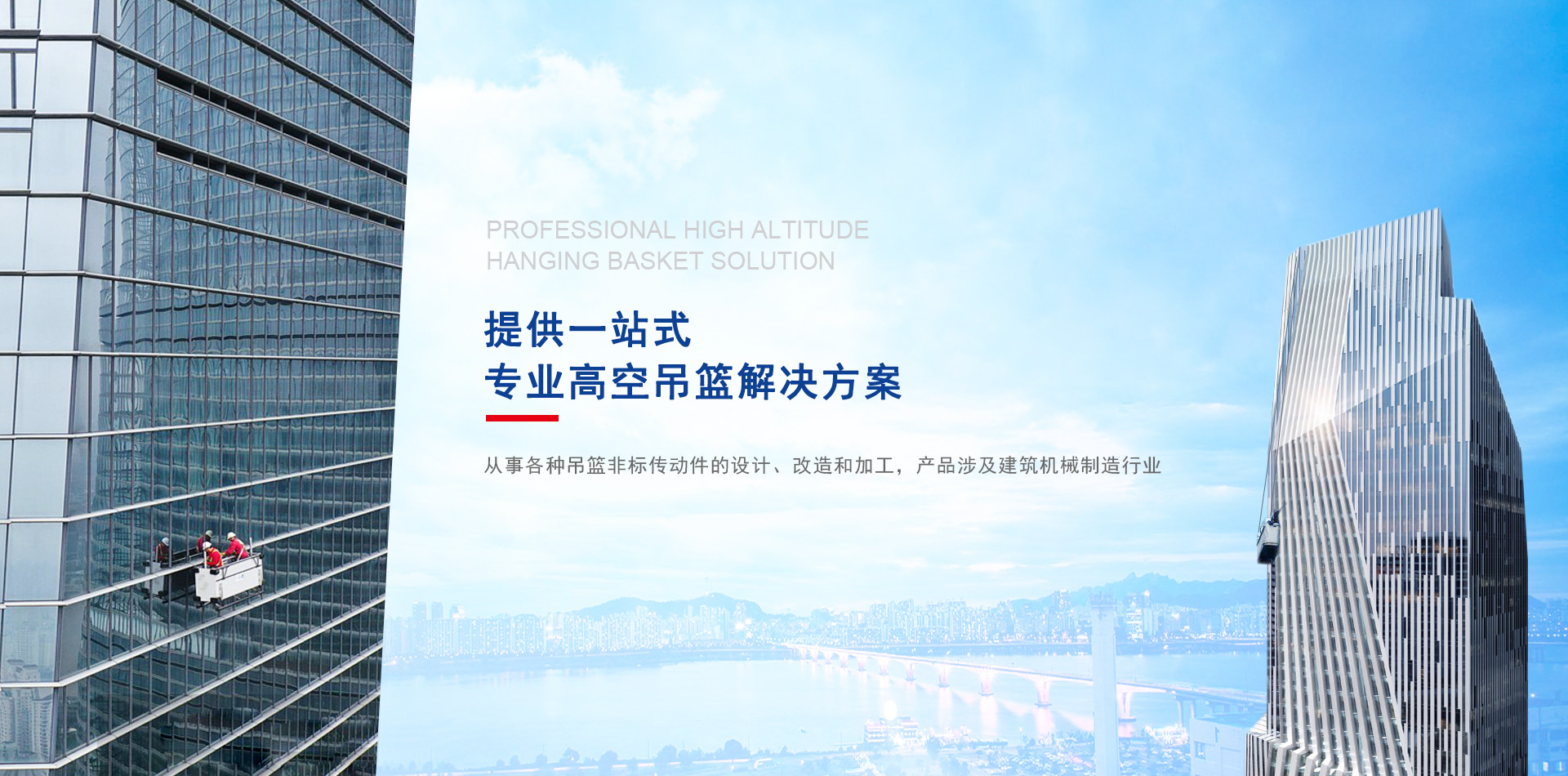Overview
In some process sections of domestic metallurgy, alcohol and other industries, the operating medium contains a large amount of solid particles, fiber suspensions and viscous materials. In order to effectively prevent the deposition, blockage of channels, wear of heat transfer components and other phenomena of solid particles or suspensions in the medium, and achieve high processing capacity, high heat transfer efficiency, high pressure resistance, temperature resistance and wear resistance, and low resistance loss heat transfer requirements. The company has successfully developed a fully welded wide channel plate heat exchanger based on its strong technical strength and years of experience in plate heat exchanger development.
The fully welded wide channel plate heat exchanger has been successfully applied in industries such as alcohol and alumina, and is suitable for operating process media such as fermentation mash, saccharification mash, and aluminum hydroxide slurry. It has the characteristics of high heat transfer efficiency, long service life, and easy maintenance, and has replaced spiral plate heat exchangers in related processes.
Working principle
The fully welded wide channel plate heat exchanger belongs to the inter wall heat exchanger. The structural form of the heat exchanger adopts a combination mode of wide and narrow channels, with wide channels for material and narrow channels for cooling medium. At the same time, different channel spacing can be designed and manufactured according to the different operating medium parameters. Normally, the fluid channel formed on the wide channel side is called the plate side, and the fluid channel formed on the narrow channel side is called the tube side. When the plate side and tube side pass through two different temperature fluids, the higher temperature fluid transfers heat to the lower temperature fluid through the heat exchange plate, the higher temperature fluid is cooled, and the lower temperature fluid is heated, thereby achieving the purpose of the two fluid heat exchange process.
Main technical characteristics
Characterized by high heat transfer coefficient and low pressure drop;
Strong adaptability to working conditions, able to flexibly set process combinations according to different process requirements;
Effectively prevent the deposition of solid particles or suspended solids in the medium, block channels, and have excellent washability;
Strong temperature and pressure resistance, suitable for special media. Compared with detachable plate heat exchangers, due to the use of welded structures, the influence and corrosion of sealing gaskets under high temperature and special medium conditions are eliminated, and the ability to use temperature, pressure, and adapt to the medium is improved.
Main technical parameters
Design pressure: 1.0Mpa
Design temperature: 550 ℃
Maximum heat exchange area per unit: 600m2
Plate thickness: 1.0-2.0mm
Plate length: 1000~10000mm
The material of the plate can be used according to different media: 304, 316L, 304L, 317L, 254SMO, TP270 (TAI), N6, SAF2205, 904L, etc. Among them, SAF2205 is a duplex steel material mainly used in the intermediate cooling section of the alumina industry to adapt to the wear resistance of the medium.
Flow pattern
After the plate processing is completed, every two plates are welded into plate pairs to form a medium channel. Between every two pairs of plates, another medium channel is formed by welding. This creates a reverse flow of media on both sides.





 since 2004
since 2004


